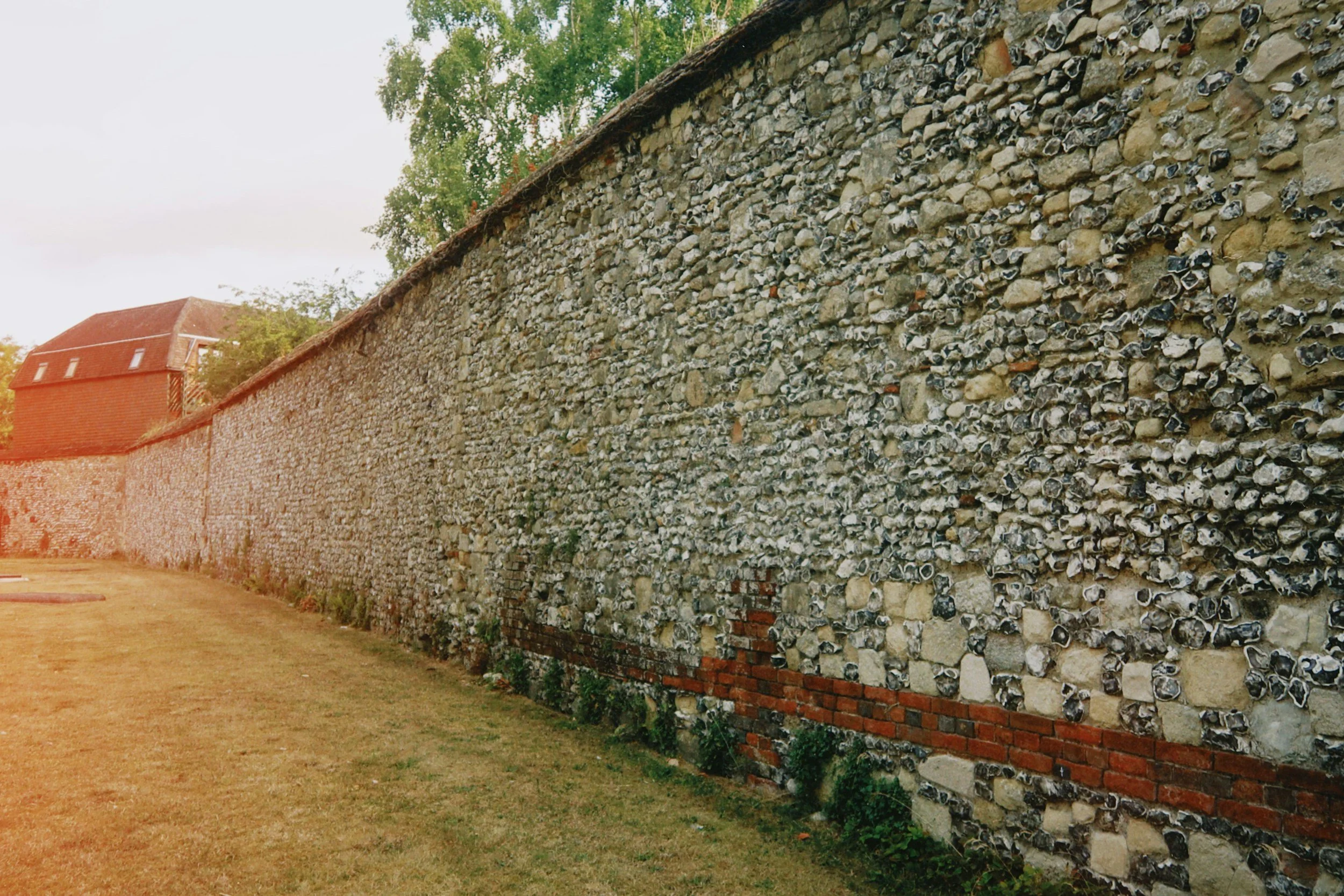Separation of Church and State
Recently, Secretary of State Pete Hegseth caught national attention for, as the New York Times described it, “leading Christian Prayer Service in the Pentagon,” during “working hours,” and featuring Hegseth’s pastor.
What about the separation of church and state, his detractors exclaimed. The ACLU ran a headline, “The Supreme Court Benches the Separation of Church and State” with the explanation, “The court has adopted an approach that would see the lines between church and state hopelessly blurred, if not eliminated altogether.” Don’t we have a long-standing tradition in this country of forbidding the church, or any particular religion, from having undue influence on the government? Doesn’t the Constitution forbid this meddling by churches and religious people?
The answer to the last question is that no, the Constitution does not forbid meddling by the churches. In fact, the founders believed that the churches should have an influence on the government and the society as a whole. “Of all the dispositions and habits which lead to political prosperity, religion and morality are indispensable supports,” George Washington wrote in his farewell address. Abraham Lincoln wrote in his Second Inaugural address that “The Almighty has His own purposes. "Woe unto the world because of offenses for it must needs be that offenses come but woe to that man by whom the offense cometh." The founders and some of our greatest statesmen have welcomed, even insisted upon, the influence of God in the government.
What, then, is meant by the “wall of separation?” The phrase comes from a letter to the Danbury Baptist Association and assures the Baptists that the government will not impinge upon the free practice of Baptists—or any other—religion in their faith. In other words, the wall was to protect the church from meddling by the government and not vice versa.
The intent of the first amendment was to protect the churches from the government, not to protect the government from the churches.
Subscribe to receive an email notice when I post a new blog article.
Please leave a comment on the original post.
